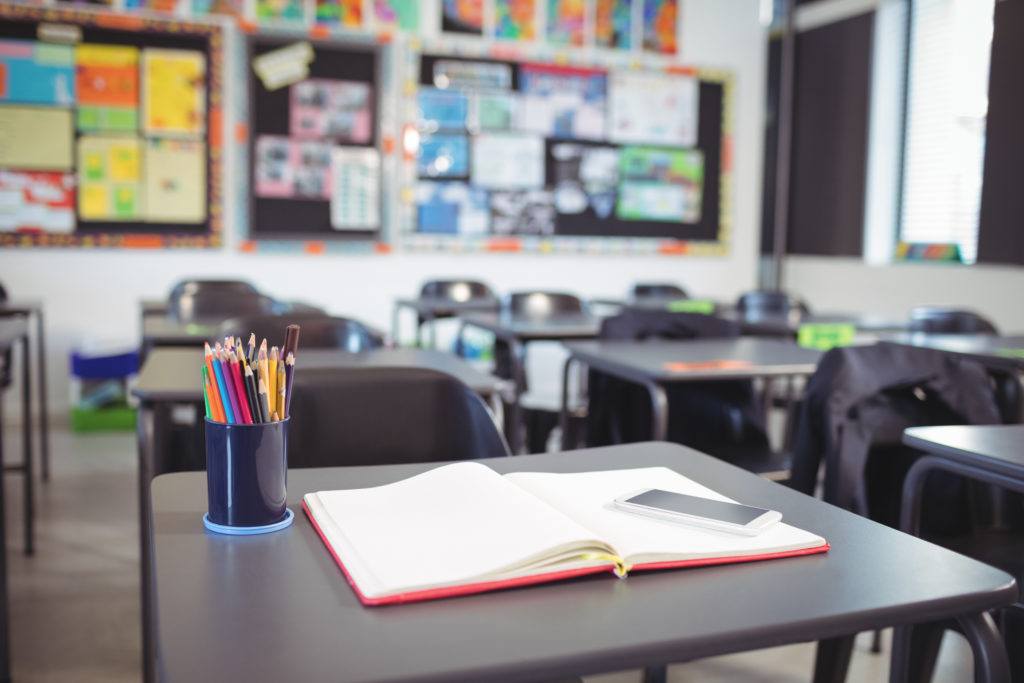Mississippi schools reopen: Parents and students need, deserve options

It is universally acknowledged that Mississippi’s children deserve access to a quality education and that those denied access face tremendous short and long-term risks.
But as classrooms open back up amid the uncertainty of COVID-19, Mississippi parents and teachers report feeling every emotion on the spectrum – from being “pumped” to restart academic programs to “nervous and apprehensive” about school plans to “sick” with fear over their families’ safety. And they are not alone.
Polling shows a majority of American parents are hesitant to send their children back to traditional classrooms. One recent national poll indicates 58 percent of parents have made, or are planning to make, a change in their child’s educational setting.
Another poll found a majority of parents were likely to switch to at-home learning, with Southern parents being the most likely to do so. Still others revealed growing concerns about full-time, in-person instruction as the beginning of the school year approached.
With wildly different views among parents, particularly given job and health considerations, it is clear that the traditional classroom should be only one of the options available to families this year.
Though they are not always viewed this way by the education system, families with school-aged children are customers, and just now they are customers in desperate need of great customer service: as circumstances change and different problems or priorities surface, they want the ability to choose the educational setting that works best.
And they’re not the only ones in search of customization. Teachers have concerns about returning to traditional classrooms as well, with one national poll showing as many as 1 in 5 teachers could resign where schools move forward with in-person instruction. In Mississippi, that could mean an exodus of over 6,000 teachers.
Earlier this year, Mississippi’s State Board of Education gave districts the opportunity to choose a traditional, hybrid, or virtual model for the 2020-21 school year. So far, most districts are choosing models that incorporate at-home learning options for at least some students and putting a variety of safety measures in place for in-person instruction.
Undeniably, district capacity and community needs differ, so the guiding principle for education leaders should be to provide as many quality options as may be attractive to families while also ensuring access to options that may not be feasible for every school or district to provide.
Hundreds of millions of dollars for distance learning and innovative education solutions have flowed into Mississippi this year to address the impact of COVID-19. Between this funding infusion and fewer regulations than usual constraining innovation in the education system, Mississippi should not waste the opportunity to create a more mobile, personalized education system.
For example, the widespread necessity of virtual instruction should be the impetus Mississippi needs to catch up to other states that have been scaling up virtual schools for their students – states like Florida, North Carolina, and Alabama. With efforts to increase access to devices and broadband underway, now is the time to give students direct access to a statewide virtual school that they can attend part-time or full-time.
In the near term, ‘Learn Safely’ scholarships would give families who are more comfortable with individual or small group instruction the ability to use existing funding for their students to pay for online or in-person tutors, therapy, online courses, and curricula. For both families and educators, this could provide a greater level of freedom to pursue opportunities to learn, and teach, safely for part or all of the school year.
The state should also focus on removing barriers to open enrollment for families who wish to enroll their children in a nearby district with the capacity to provide the options they desire. While this opportunity exists in some areas of the state, it is limited by the state requirement that all student transfers receive permission to leave from their local school board. This decision should be left up to families and the school districts they wish to transfer into.
This is not an exhaustive list, but it is a start for policymakers and leaders at different levels of the education bureaucracy. The coronavirus pandemic has not created a new educational environment. It has simply brought to the surface longstanding needs and made them harder to ignore. Mississippi should respond by giving every student every opportunity possible to learn safely this year — a move with short and long-term benefits for all students, families, and educators.